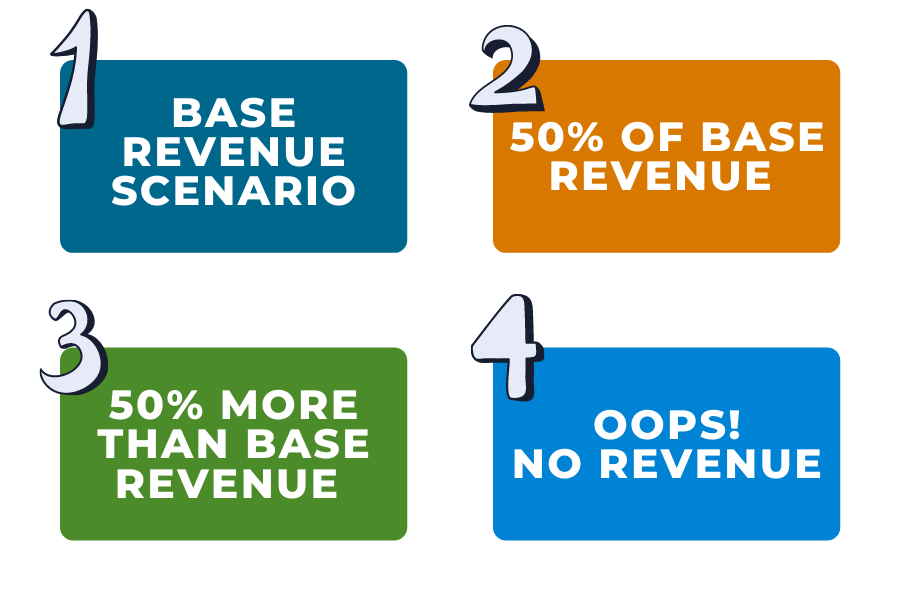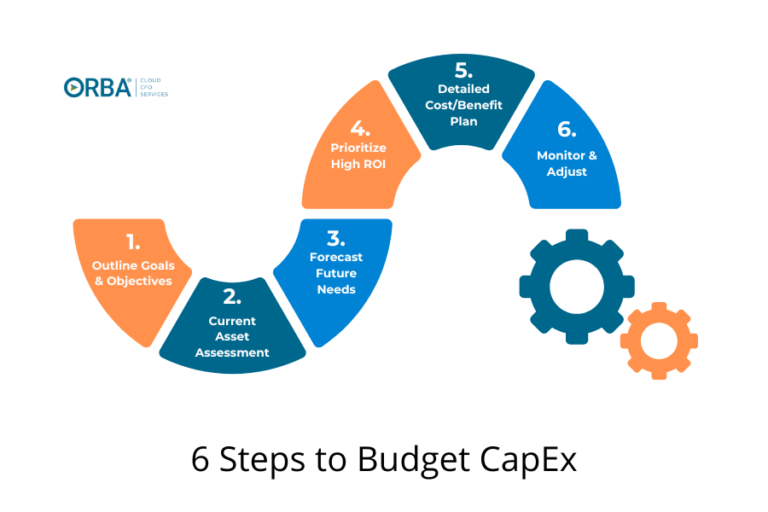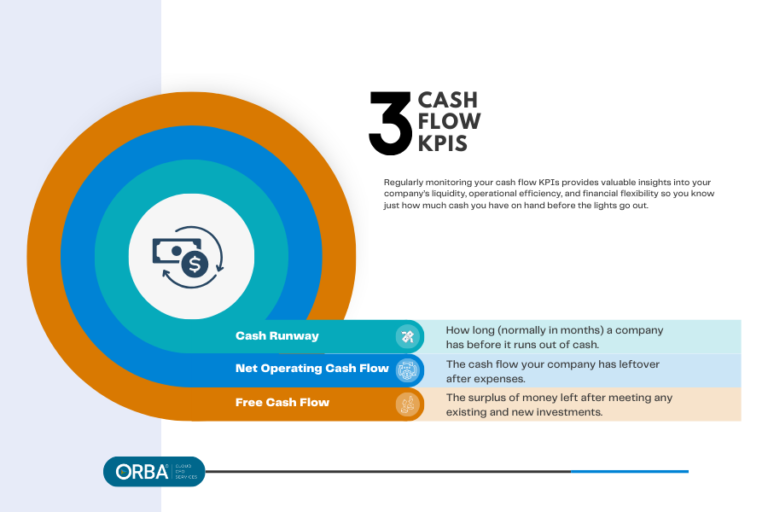Many entrepreneurs know they need financial projections to secure a business loan. But not all understand the building blocks necessary to create more reliable financial projections.
Does this sound familiar?
Lender: “So tell me, how exactly does your business make money?”
You: “Um…. what do you mean? Can’t you see our hockey stick growth projections on page two? That’s how we make money, and boat-loads of it!”
The lender looks at the chart unimpressed and you end the meeting feeling like you have a number of unresolved questions; most important being whether your small business loan will be approved.
If you’re presenting your financial forecasts to a lender, you likely want your forecasts to cover the next one to five years. Successful business owners make time each year to look back and review things like billable time and where they have spent their cash. They calculate how profitable their customers really are. These insights serve as building blocks to your financial projections.
Most entrepreneurs don’t take the time to really focus on the integral pieces of their financial projections. Instead, they make these three mistakes that send the banks running after other, more reliable borrowers.
Financial Projection Mistake #1: Picking an arbitrary percentage to grow revenue.
To show your top-line revenue growth, you create your fancy spreadsheet formula that says “=[Last Month’s Revenue] * (1 + 50%).” Drag that formula across 12 months to show that your current $1,000 per month of revenue will magically turn into almost $90,000 per month by the end of the year (and over $11 million per month by end of year two). As Ace Ventura said, “Fiction can be fun!”
The fix.
Forgive the sarcasm, but what you really need to show are the specific steps behind that total revenue number and how you can realistically achieve those numbers. Assuming very simply that you only sell one service option at the same price for everyone, then your revenue should, at the very least, be calculated based on the number of customers multiplied by that price. That’s a start.
Let’s take this simple scenario even further. How do you reach those customers so that they purchase your service? Is there a general sales cycle with your customers? Most likely they follow some sort of cycle that is similar to:
Lead > Prospect > Qualified > Purchase.

Important questions to ask when you are building your sales projections.
- How do you get a lead?
- What is your conversion percentage for each step in your sales cycle (e.g., 25% of Leads become prospects)?
- How long does each step in the cycle take (e.g, it takes an average of one week for a prospect to become qualified)?

Now you can create a more interesting model and one that is based in reality. For instance, assuming you advertise on Google, then your model would now show how many Google ad clicks you would need to achieve each lead and how long until some of those leads would become paying customers. In this process, you are showing how the controllable action of running ads correlates directly to your revenue model based on a derived customer acquisition cost (CAC) – more on that later.
Modeling with these details lets you form an action plan that links your daily actions, such as advertising, to your monthly and annual financial goals. This is much better than just picking an arbitrary percentage increase.
Financial Projection Mistake #2: Failure to distinguish between fixed and variable costs.
Similarly to your revenue forecast, you should not choose an arbitrary percentage to grow your total expenses either. That is because some of your expenses are fixed and some are variable.
The fix.
Your fixed expenses are things like your website development costs, founder salaries, rent and other things that you pay whether you have zero customers or 10,000 customers.
In contrast, your variable expenses vary depending on your revenue projections and should be consistent with the same numbers that you are using to project revenue.
Continuing with our prior example, the Google advertising spend is clearly dependent on how many ad clicks you expect. So, if you are projecting 1,000 ad clicks to support your revenue in the first month, then you should also project your advertising spend at 1,000 times the cost-per-click (CPC) of those ads. Other examples of variable costs are customer support, web hosting and employee activities.
Financial Projection Mistake #3: You omit the “what-if” scenarios.
Finally, it would be naïve to think that the lender will approve your financial projections and agree with your assumptions from the start.
The fix.
Be proactive: provide at least four versions of your financial projections to the bank:
- Your baseline scenario;
- 50% less revenue;
- 50% more revenue; and
- ZERO revenue.

These “what-if” scenarios let you show the small business lender or bank how you would manage risk if revenues come in lower than expected. It also shows how profitable your business can be if you achieve a great product/market fit. The zero revenue version is your worst case scenario and shows how much runway you have with your existing cash.

Now, just because you have identified the key building blocks to your company’s financial projections doesn’t mean you will actually achieve those targets. The key here is that you now have more accurate financial projections in place for how you could, in theory, achieve your targets. By having these projections, the bank you choose will have a clearer picture of how your business makes money. The lender may still disagree with the projections and its assumptions, but at least you have laid them out for discussion; the bank cannot argue that you don’t understand how to forecast financials.
Get in touch with one of our experts for a consult to understand how properly built financial projections can help you secure the loan you need.



